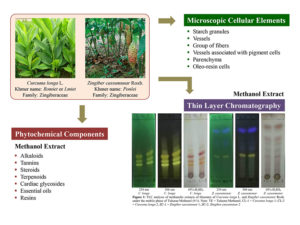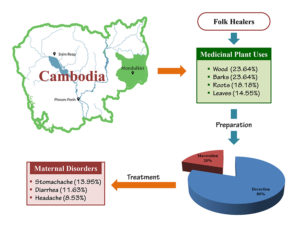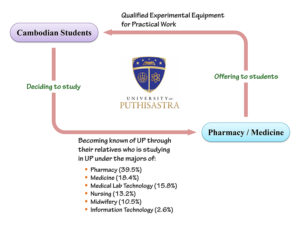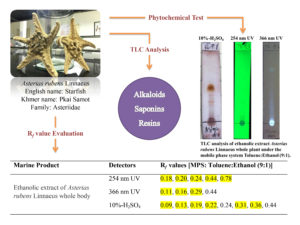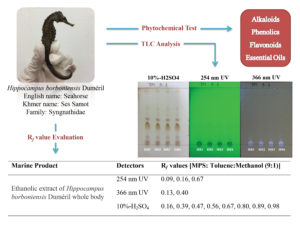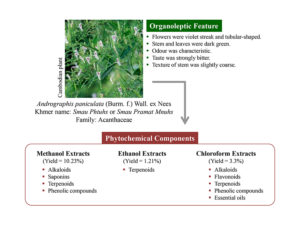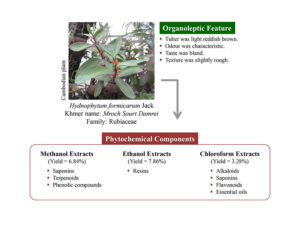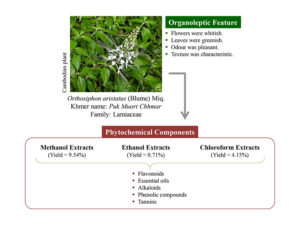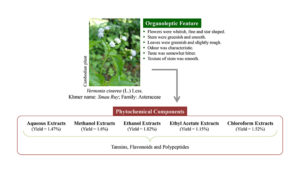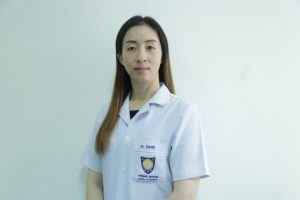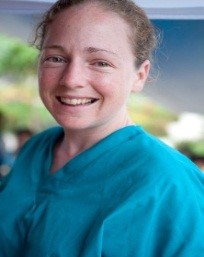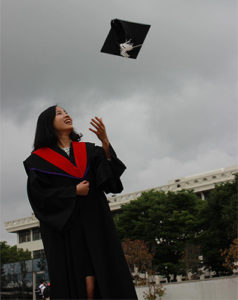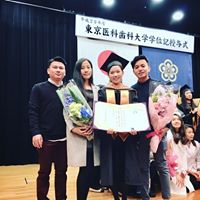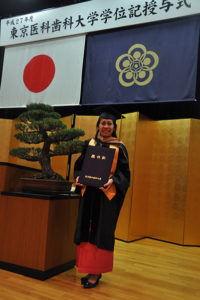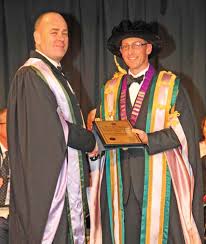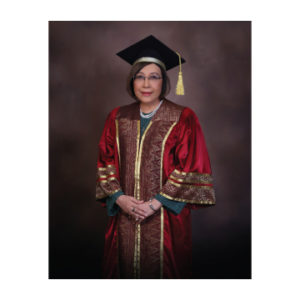Research
Faculty of Pharmacy
Currently, the Faculty of Pharmacy, University of Puthisastra, is engaged in a wide array of pharmacognostic and pharmaceutical researches. The pharmacognostic discipline covers the domains of phytochemical analyses, ethnobotanical surveys, standardization of medicinal plants, and phytotherapeutic studies. Along with these observations, UP-Herbarium, Plant Tissue Culture Center, UP-Botanical Garden, Cambodian Medicinal Plant Museum, UP-Natural Products Library and Parasite Museum have been planned to develop on a purpose of sharpening the field of pharmacognosy and drug formulation. The pharmaceutical discipline works on pharmaceutical research and development, drug formulation and quality control of drugs. To support this, the R&D Unit and collaborations have been developed.
| 1 | Dr. CHEA Sin – Dean of Faculty of Pharmacy | Academic background: Bachelor of Pharmacy, Master of Public Health, Master of Education, Doctor of Specialized Pharmacy in Hospital Pharmacy
Research interest: Public Health, Pharmacy Practice and Natural Products. |
| 2 | Mr. CHHEA Sophearom – Assistant Dean of Faculty of Pharmacy | Academic background: Bachelor of Pharmacy, Bachelor of Education, MSc in Epidemiology (Candidate)
Research interest: Clinical Pharmacy, Epidemiology and Pharmacy Education. |
| 3 | Dr. KEO Samel – Head of Pharmacognosy | Academic background: Bachelor of Animal Sciences and Veterinary Medicine, Master of Science in Pharmacy, Doctor of Philosophy (PhD) in Pharmacy Research interest: Pharmacognosy, Antibacterial Plants and Ethnobotany. |
| 4 | Mr. TAN Chantrea – Head of Basic Pharmaceutical Sciences | Academic background: Bachelor of Pharmacy, Master of Health Sciences in chemical research and pharmacokinetics Research interest: Medicinal Chemistry, Pharmaceutical Chemistry and Pharmacology. |
| 5 | Miss ENG Kuyngim – Full-time Pharmacy Lecturer | Academic background: Bachelor of Pharmacy, Master of Sports Sciences and Human Movement Research interest: Public Health and Sports. |
| 6 | Mr. LUN Sokphyrak – Full-time Pharmacy Lecturer | Academic background: Bachelor of Pharmacy, Master of Medical Biology (Candidate) Research interest: Laboratory Quality Management System and Medical Biology. |
| 7 | Mr. KHENG Sengly – Full-time Pharmacy Lecturer | Academic background: Bachelor of Pharmacy, Bachelor of Education, MSc in Epidemiology (Candidate) Research interest: Clinical Medicine, Infectious Diseases, Public Health and Pharmaceutical Technology. |
| 8 | Mr. NY Chanseiha – Pharmacy Lab Assistant | Academic background: Bachelor of Pharmacy, Bachelor of English Teaching Research interest: Antibacterial Plants, Ethnobotany and Pharmacognosy. |
| 9 | Miss TRYLIM Bunna – Pharmacy Lab Assistant | Academic background: Bachelor of Pharmacy Research interest: Pharmacognosy, Public Health and Pharmaceutical Chemistry. |
| 10 | Miss SRENG Nalen – Pharmacy Lab Officer | Academic background: Bachelor of Pharmacy Research interest: Pharmaceutical Chemistry, Antibacterial Plant, Pharmacognosy and Ethnobotany. |
| 11 | Mr. EANG Phanith – Pharmacy Lab Assistant | Academic background: Bachelor of Pharmacy Research interest: Hematology, Parasitology and Bacteriology. |
| 12 | Miss TANG Sovannaroath – Pharmacy Lab Assistant | Academic background: Bachelor of Pharmacy, Bachelor of Education Research interest: Education, Pharmaceutical Technology, Public Health and Pharmacognosy. |
| 13 | Mr. PHALLA Sovanrith – Pharmacy Rotation Officer | Academic background: Bachelor of Pharmacy, Bachelor of Education Research interest: Education, Pharmacology, Public health and Community Pharmacy. |
| 14 | Mr. SOR Darayuth – Pharmacy Lab Assistant | Academic background: Bachelor of Pharmacy Research interest: Pharmacology, Clinical Pharmacy and Public Health. |
| 15 | Mr. Dallas SMITH – Part-time Pharmacy Lecturer, American | Academic background: Doctor of Pharmacy (PharmD), USA Research interest: Community Pharmacy and Hospital Pharmacy. |
Besides faculty members, part-time professors/lecturers and pharmaceutical students are also involved in conducting research based on their interests.
⇨ Local Conference Research Articles
⇨ International Journal Research Articles
⇨ Magazine
⇨ Research Article Books
⇨ Publication Statistics

